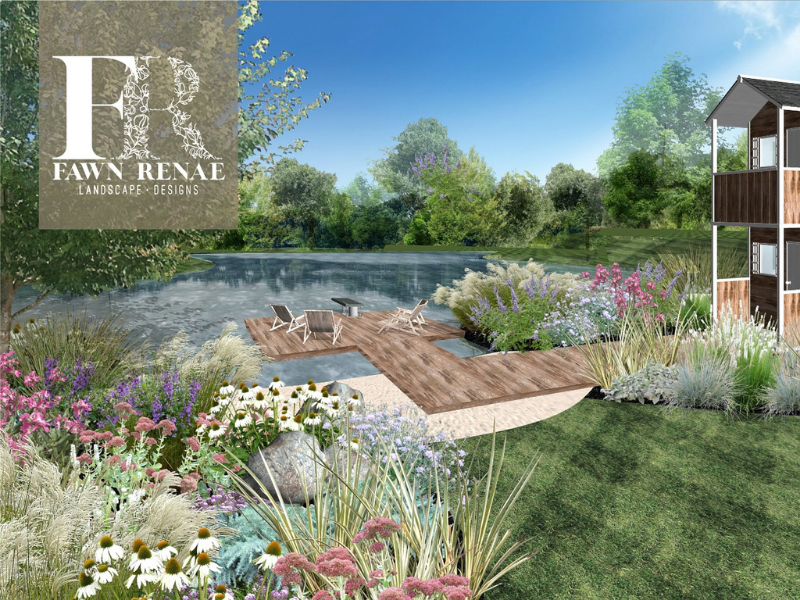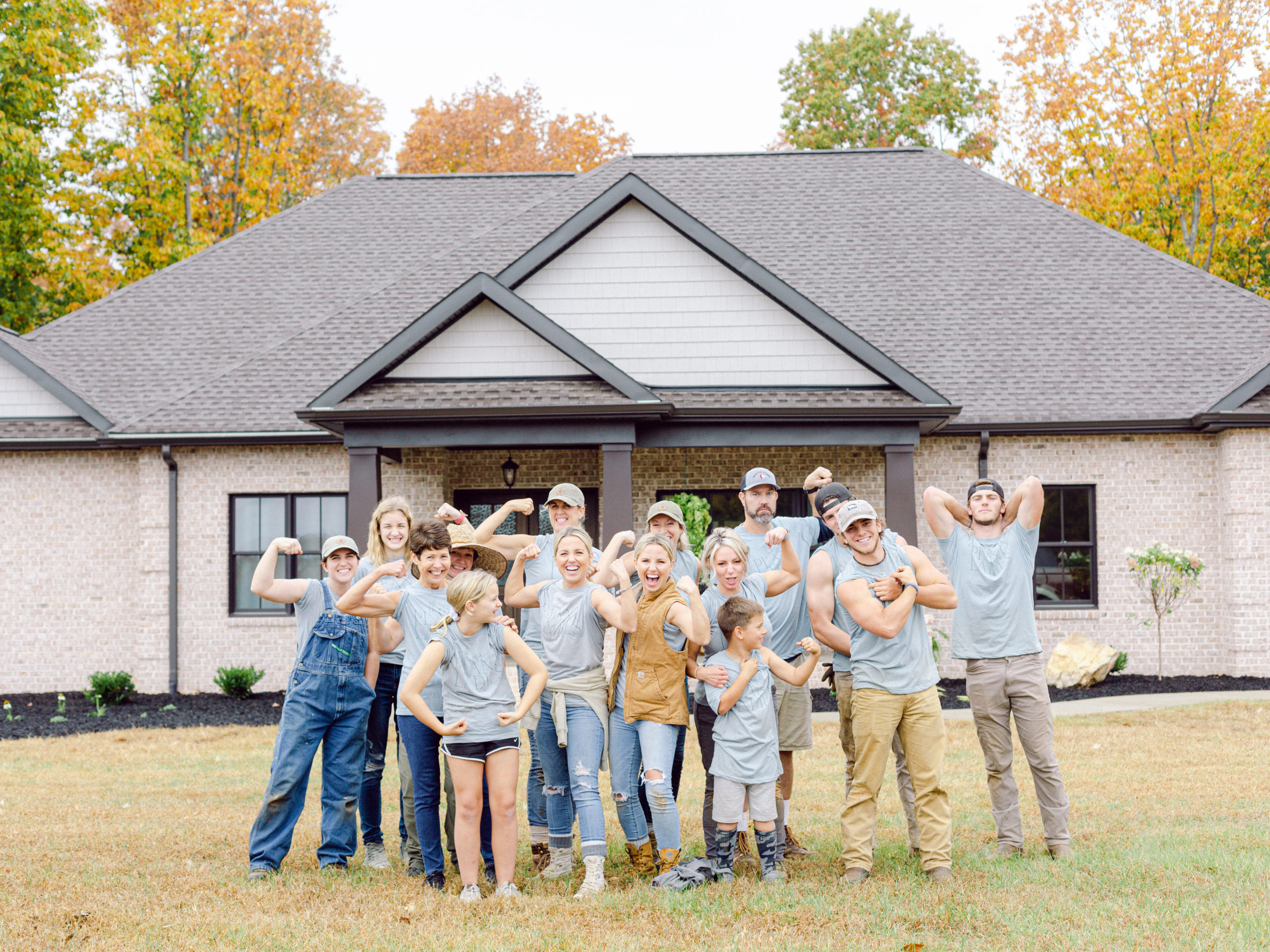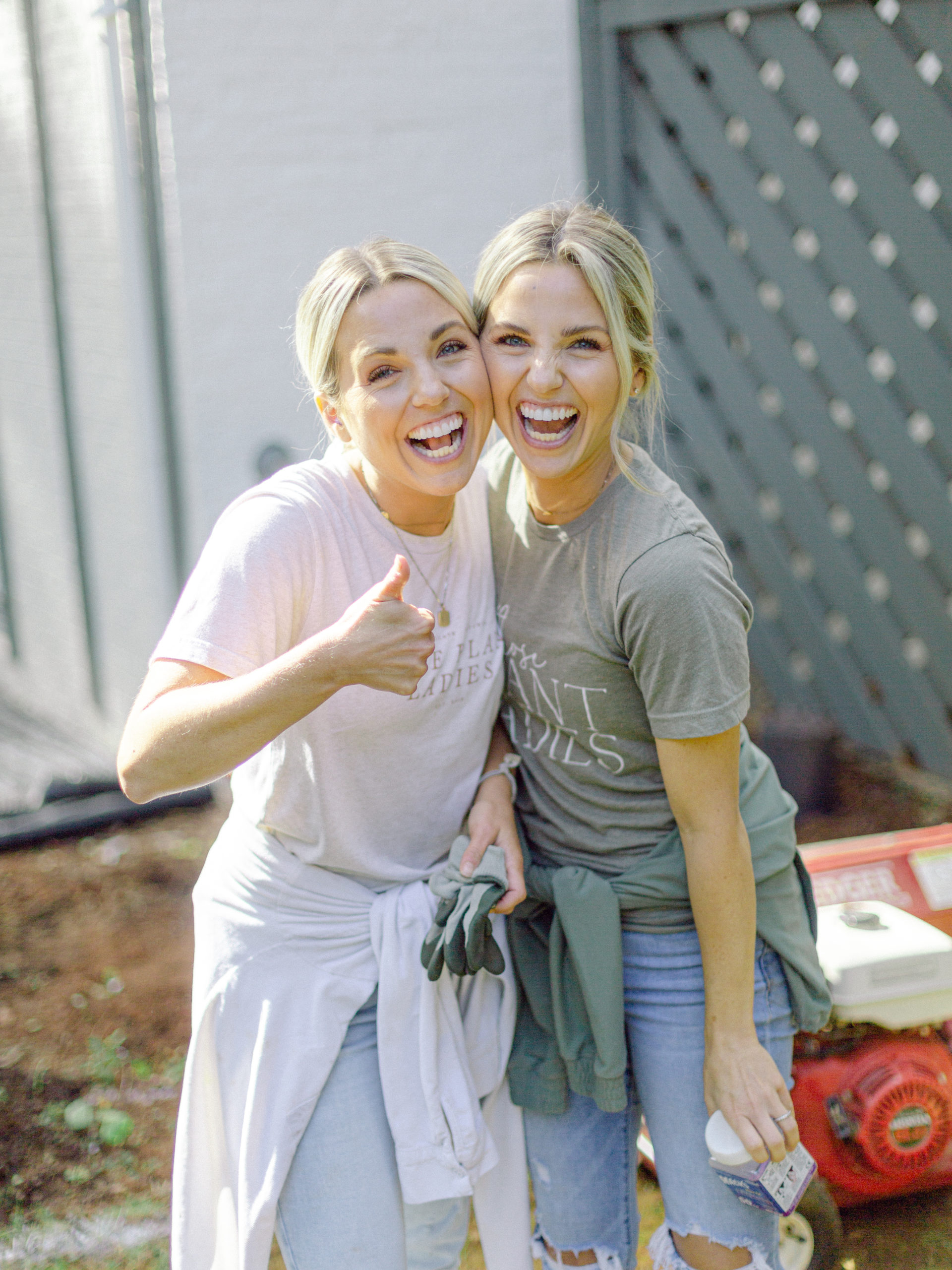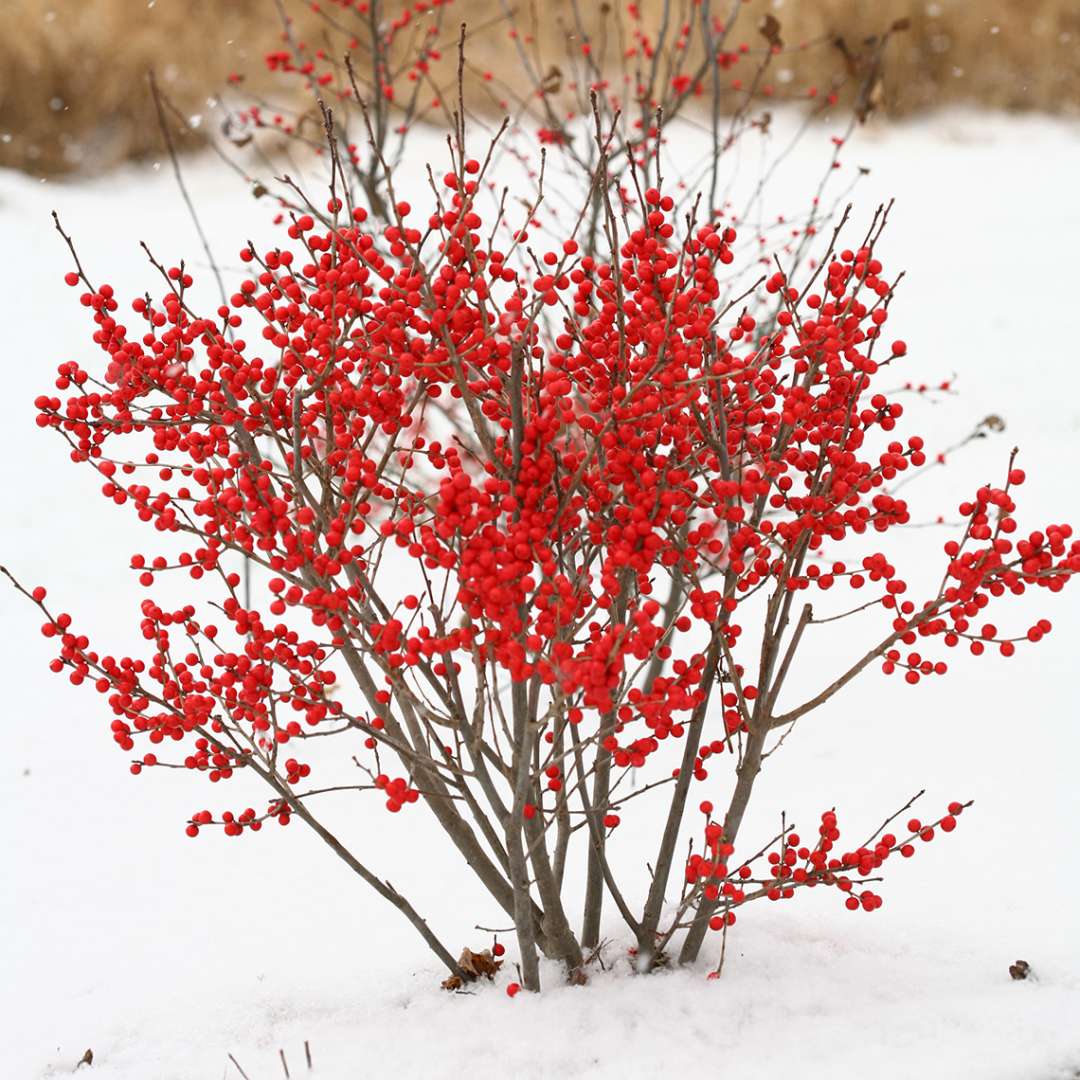If you hang around us or follow us on social media and you might hear us drop the word biodiversity every so often when we talk about the plants that we select. But what does this really mean and why do we even care about it?

What is biodiversity?
Biodiversity refers to the variation in living things that exist in a system. It can be very broad, referring to diverse variations of ecosystems that exist across our planet. It can also be very, very localized and specific, for example, referring to the variety of genes that are present in a certain population of tree frogs only found in the Amazon rainforest. In the most basic terms, the more types of living things there are, the more biodiversity there is.
In our everyday home landscapes, we see places of high biodiversity as those that have many different types of plants including trees, shrubs, perennials, ornamental grasses, ground covers, and everything in between. Biodiverse landscapes have many types of flowers with different shapes and different colors. Biodiverse landscapes may have fruits or cones, evergreens and deciduous plants. All of this plant variation will lead to biodiversity in insects and wildlife that are supported by your landscape, giving even more variation to the living species in your yard. It sounds like we’re describing a really beautiful place doesn’t it?

Why do we need biodiversity?
Biodiversity is the driver of life on the planet. While we often think of ourselves as separate from nature, we are here and nature is “out there”, nature is happening all around us and is critical to the stability of the ecosystems that we live in.
It all starts with plants as they are the creators of the energy that begins the food web. Without diverse varieties of plants available, we simply can’t support the insects and other wildlife that rely on different types of plants for survival. Did you know that different flower shapes and different colors all attract different types of insects? If you only have purple flowers in your yard, you simply won’t have the insects that come to yellow or pink flowers. Insects that visit flowers shaped like daisies, flat and open, are totally different from those who visit flowers shaped like larkspur, which is tubular and long. Our ecosystems need trees, shrubs, perennials, ground covers, and everything in between to provide habitat for different birds, reptiles, mammals, insects, and more. They all have specific places to live and things to eat that they have developed over many, many years so that they can live together and thrive. When we don’t have enough of the diversity present in the ecosystem, things start to fall apart.

We know that insects aren’t always that glamorous to talk about but, without them, life on earth comes to a screeching halt. Over 80% of all flowering plants would cease to exist without insect pollinators. A single nest of baby chickadees requires 6,000-9,000 insects before they are ready to leave the nest! That’s incredible! And chickadees are so darn cute! But if there’s not enough diversity to support those insects, you certainly won’t get the birds either. Without birds, we lose things like seed dispersal. This is super important when nature tries to recover from disturbances. Imagine an area of bare ground that doesn’t have seeds coming to it. The soil will easily erode and recovery will be slowed to a crawl.
Speaking of recovery, biodiversity greatly increases the resistance and resilience of an ecosystem when pests and diseases show up on the scene. There are many insects that provide pest control services such as parasitic wasps and other predatory insects. More plant diversity equals more insect diversity including these good guys that are around for pest control too. When we don’t have diversity, populations can easily get out of balance causing massive pest outbreaks. If disease comes to affect a certain species in our landscape, the effects will be much less devastating if that species is one of 30 or 40 that we have instead of one of five. Our landscapes and ecosystems can recover much more quickly when a smaller portion is affected.
There are so many more reasons that biodiversity is critical but this is just a start! Hopefully this small intro has gotten you thinking about the cycles of life that happen around you and how they would be affected if there were only a few species of plants out there to support them.

What’s the problem?
Unfortunately, we are rapidly losing this biodiversity that is so critical to our lives as we know them. The population of the US is well over 330,000,000 and grows each day. New land development is continuing at a rate of over 2 million acres each year. There are over 4 million miles of road with their paved surfaces combining to be over five times the size of New Jersey! And though we like a good patch of lawn for playing and recreation, there are over 40 million acres of lawn in the United States alone, which provides little to no value for our ecosystems. Don’t forget that the areas we have allowed to “reforest” like empty lots and roadsides are more likely than not overtaken by only 3-5 types of invasive plants that have gotten their footholds in our ecosystems and displace our native diversity.
Over 54% of the continental US has been touched by humans and turned into cities, infrastructure, suburbs, commercial buildings, and so much more while another 41% is being used for agriculture. That leaves only 5% of truly untouched wilderness in the continental United States. Only 5% for nature’s true diversity to live.

Credit: The New York Times
What can we do about it?
As we mentioned before, though, we believe nature is all around us rather than living somewhere separately. Yes, our neighborhoods and landscapes might not be protected from the impacts of human intervention but we can also intervene in positive ways. We can increase the biodiversity of our communities by planting many species and including trees, shrubs, ornamental grasses, and so much more! When we start with diverse plantings, the rest of the systems will follow like the insects, songbirds, mammals and more. We can provide places in our yards that mimic nature’s diversity for nature’s cycles to exist. We can limit our lawn space to only that which we need to enjoy for recreation and pleasure and leave the rest for spaces where we can invite nature to thrive and, in turn, nature will invite us to thrive alongside it.
Driving through suburbia, you’ll usually see the same 5-7 species in every. single. landscape. It’s time for our industry to step out of their comfort zone and use a wider variety of plants. If each landscape in a neighborhood could have just a few plants that were unique from what their neighbors had, we could have neighborhoods with hundreds of plant species, creating super rich and diverse patches in otherwise highly developed areas.
When you select Fawn Renae Designs to create your custom digital landscape designs, you’ll get a biodiverse landscape. Fawn and her team work to choose unique plant species that will help your landscape stand out from the cookie cutter yards around you while also supporting our natural ecosystems with biodiversity!

This is why we talk about biodiversity. We are always considering our planet in our installations and in the way we educate our community. We are, after all, just stewards of the natural world, bringing it into our yards to inspire peace, joy, and fulfillment for those who spend time there!
For more information on why to include biodiversity in your landscapes:
For more information on implementing biodiversity into your landscape:
For amazing inspiration projects and images for designing stunning biodiverse landscapes:





